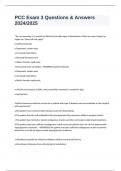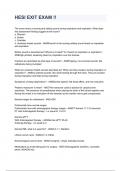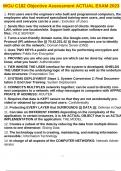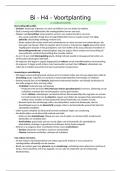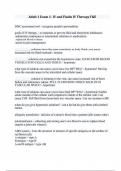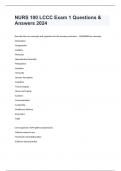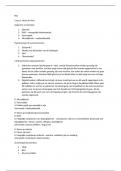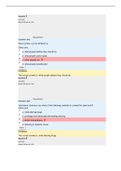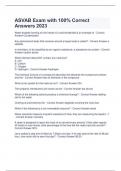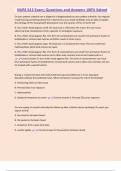Exam (elaborations)
PCC Exam 3 Questions & Answers 2024/2025
- Course
- Institution
PCC Exam 3 Questions & Answers 2024/2025 "You are assessing a 12 month old infant for possible signs of dehydration. What are some things you might see? Select all that apply" o Sunken fontanels o Depressed, sunken eyes o Increased respirations o Elevated blood pressure o Weak, thready, r...
[Show more]
